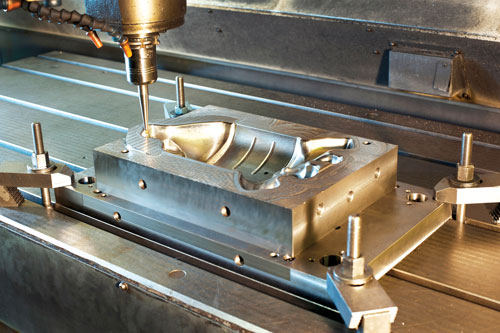Exit this form
Are you sure you want to quit this form?
When designing a tooling, an iterative process of quality control ensures that the part built from the mold, jig, or die is built correctly and meets the technical requirements. The process involves producing a part, measuring it, analyzing deviations, and performing iterations on the tooling. This method, involving many iterations, can be lengthy, especially if the inspections are performed on a CMM. How can the number of iterations for tooling development be reduced? How can the inspection process be speed up? How can the PPAP and FAI be passed quickly in order to start production without delay?

Opting for 3D scanning instead of touch probing will help accelerate the inspection process. Indeed, 3D scanning technology not only provides production process engineers with better and faster results, but it also offers the colormap, which gives a better visual overview of the part. This way, engineers can quickly adjust the tooling, produce a first part, and, thus, pass the first article inspection.
Quality controls made at each iteration with an alternative measuring tool reduce the bottlenecks at the CMM. Thus, the CMM is more available for important inspections with tight tolerances that require its high level of accuracy, such as the final acceptance or critical features. Choosing 3D scanning as an alternative solution to touch probing also optimizes the number of iterations in order to obtain the final tooling more quickly and more efficiently.
You have a specific question. You need the advice of a specialist. We are here to guide you.